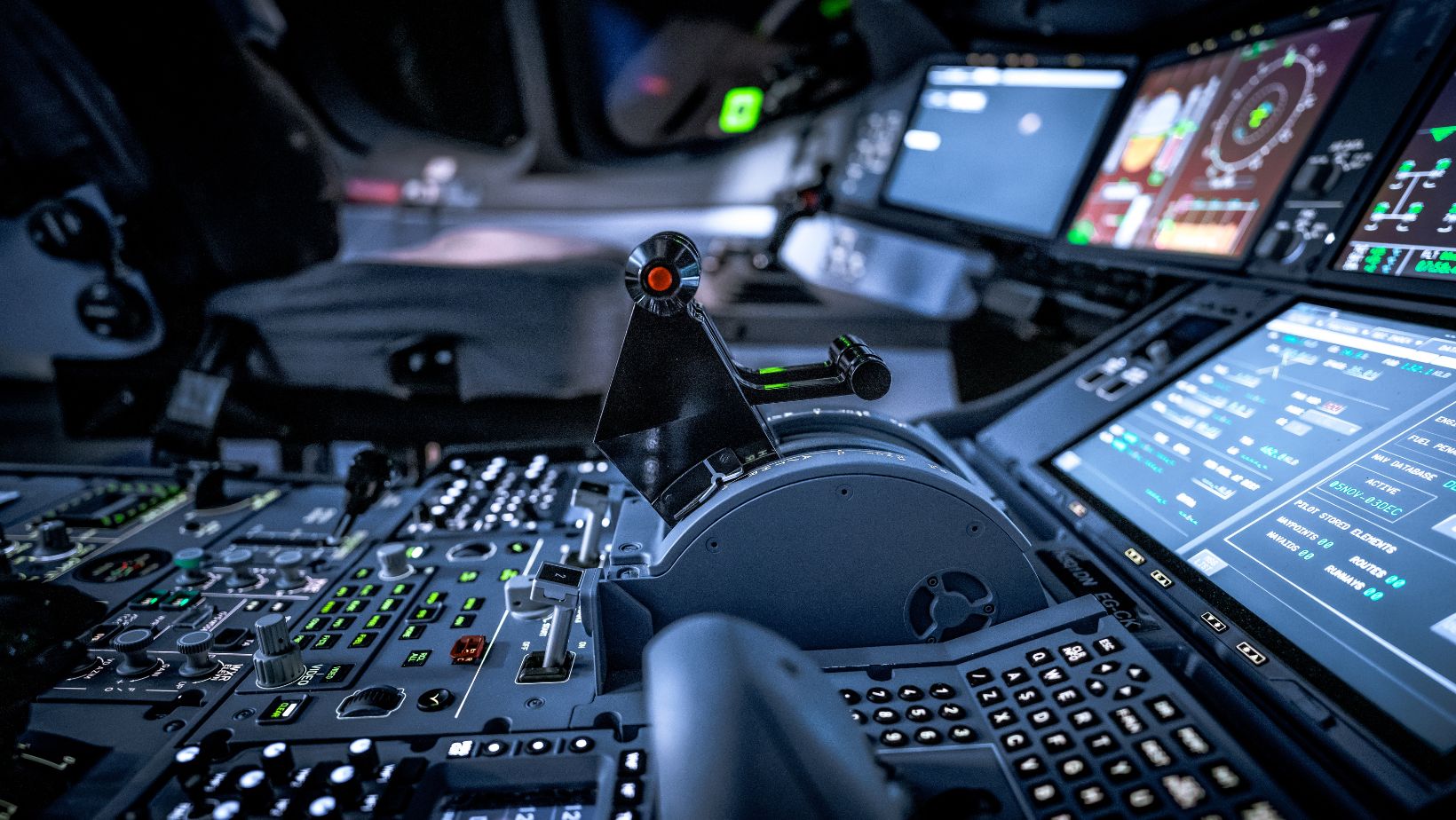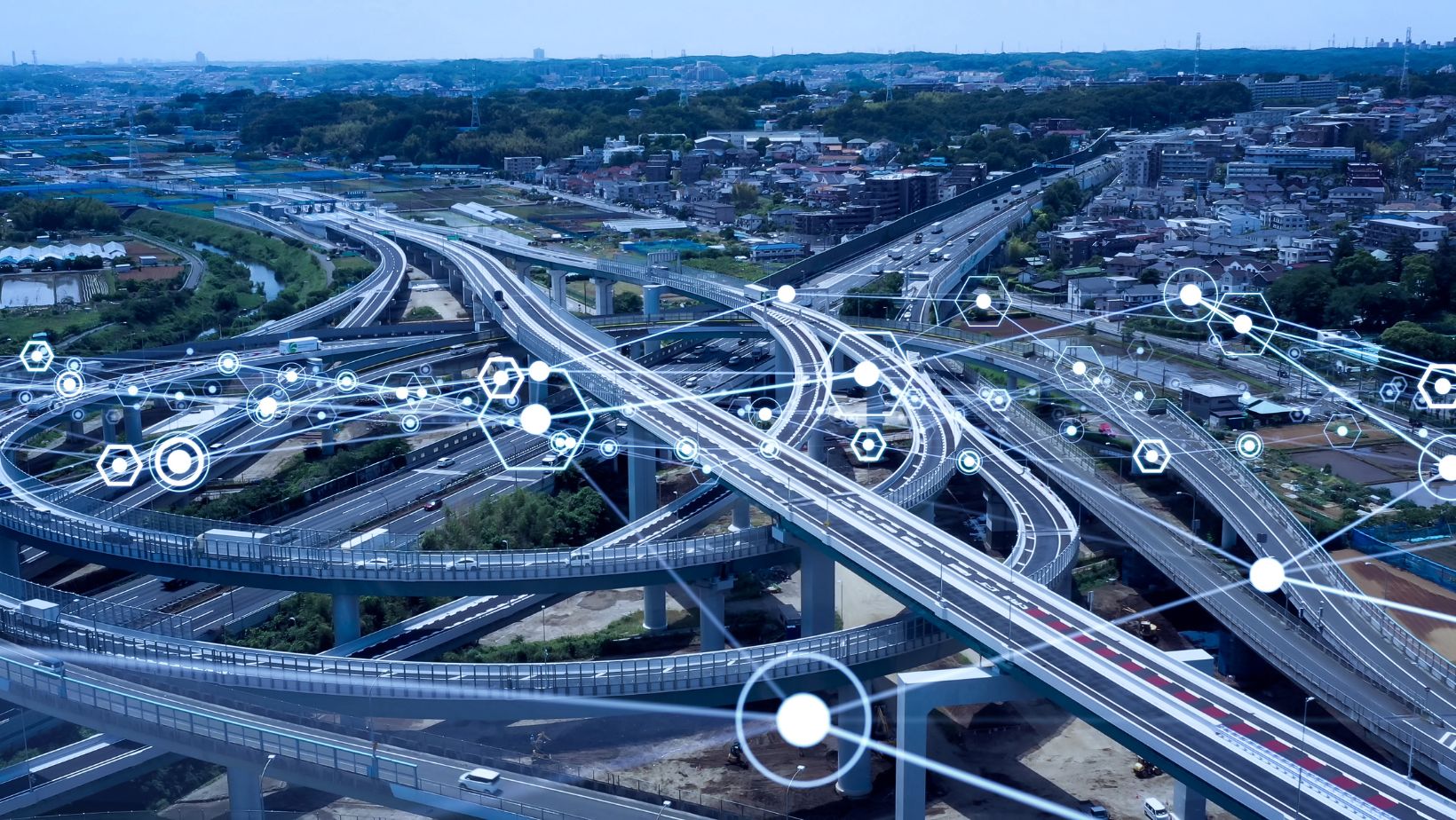Emergencies are unpredictable by nature, yet cities and transport authorities must be prepared to manage traffic during such situations with speed and precision. Whether caused by severe weather, road accidents, infrastructure failures, or large-scale public events, disruptions to normal traffic patterns can quickly spiral into chaos. Emergency traffic management (ETM) is the coordinated response to such situations, aimed at restoring order, protecting lives, and maintaining the flow of vehicles.
This article explores the key elements of emergency traffic management, the stakeholders involved, the challenges faced, and the evolving tools and strategies used to improve efficiency and public safety during traffic-related emergencies.
Understanding Emergency Traffic Management
Emergency traffic management refers to the temporary control measures and operational strategies used to manage roadways and traffic flow in the wake of incidents or unforeseen events. These events can include:
- Major road collisions
- Natural disasters (floods, earthquakes, hurricanes)
- Terrorist threats or attacks
- Hazardous material spills
- Large-scale evacuations
- Utility failures (e.g., power outages, water main breaks)
The goal of ETM is not only to minimize traffic congestion but also to ensure that emergency services—such as police, fire, ambulance, and repair crews—can reach the affected areas quickly and safely.
Key Players in Emergency Traffic Management
ETM is a collaborative effort involving multiple agencies and organizations. Effective coordination between these stakeholders is crucial:
- Traffic Management Centres (TMCs) – These act as the nerve centres for monitoring traffic conditions and deploying resources.
- Law Enforcement – Police often lead the effort in securing accident scenes, directing traffic, and controlling access.
- Fire and Rescue Services – They respond to incidents requiring technical rescue, fire suppression, or HAZMAT handling.
- Emergency Medical Services (EMS) – Ambulances and paramedics must have fast, unobstructed access to victims.
- Public Works and Utility Companies – Responsible for removing debris, fixing broken infrastructure, or managing utility disruptions.

- State or Local Departments of Transportation (DOTs) – Oversee the implementation of traffic diversions and signage.
- Media and Public Communication Teams – Deliver real-time updates to the public through radio, news outlets, and digital platforms.
Phases of Emergency Traffic Management
Emergency traffic management can be divided into three core phases:
1. Preparedness
This phase involves planning and training before an incident occurs. Authorities develop ETM protocols, conduct simulation drills, and coordinate with local partners. Urban centres often establish traffic control plans, emergency detour routes, and technology-based alert systems in anticipation of different scenarios.
2. Response
Once an emergency unfolds, the response phase kicks in. Real-time information is collected via traffic cameras, GPS data, and citizen reports. Authorities then deploy personnel to affected zones, set up roadblocks, activate detours, and direct motorists. Emergency responders are prioritized, and routes may be cleared to ensure their passage.
3. Recovery
After the emergency has been contained, traffic control measures are gradually lifted, and normal operations resume. The recovery phase includes debris clearance, infrastructure repair, and traffic signal restoration. Post-incident evaluations also take place to assess the effectiveness of the response and improve future planning.
Tools and Technologies in Modern ETM
As traffic volumes increase and cities grow more complex, technology plays a critical role in emergency traffic management. Some of the most widely used tools include:
1. Intelligent Transportation Systems (ITS)
ITS includes a range of technologies like traffic sensors, variable message signs (VMS), and real-time communication networks. These help collect, process, and disseminate information to drivers and emergency services instantly.
2. Geographic Information Systems (GIS)
GIS mapping tools allow authorities to visualize road networks, identify chokepoints, and plan detour routes with spatial accuracy. They are especially useful in coordinating large-scale evacuations.
3. Computer-Aided Dispatch (CAD) Systems
CAD systems help emergency services deploy vehicles quickly by showing real-time traffic conditions and identifying the fastest routes.
4. Drones and Aerial Surveillance
Drones are increasingly being used to assess accident scenes, monitor traffic, and provide situational awareness without risking human life.
5. Mobile Apps and Alert Systems
Apps like Waze or local government traffic alert platforms help drivers receive real-time updates about road closures, accidents, and alternate routes, reducing confusion and delays.
Challenges in Emergency Traffic Management
Despite advanced planning and technology, ETM comes with significant challenges:
1. Public Compliance
Motorists may ignore roadblocks or detours, creating safety hazards.  Educating the public and clear communication are key to compliance.
Educating the public and clear communication are key to compliance.
2. Communication Between Agencies
Multiple agencies often operate on different systems or frequencies, making coordination difficult during emergencies. Integrated communication tools can address this issue.
3. Limited Infrastructure
In some areas, road networks lack the capacity to handle diverted traffic, especially in older cities or rural regions.
4. Weather Conditions
Severe weather can impair visibility, cause road damage, and delay response efforts. Planning for different weather scenarios is essential.
5. Time Sensitivity
Every second counts in emergencies. Delays in information flow or decision-making can have life-threatening consequences.
Real-Life Example: Emergency Traffic Management During Wildfires
In places like California or Australia, wildfires pose a recurring threat to both life and transportation networks. Emergency traffic management plans in these areas often include:
- Pre-designated evacuation routes
- Traffic officers stationed at key intersections
- Temporary traffic lights or signage
- Reverse-lane strategies on highways (contraflow)
- Public alerts via radio, text, and social media
These measures ensure that thousands of residents can evacuate efficiently while emergency crews move in safely.
Improving Emergency Traffic Management
Cities and governments are continually learning from past incidents to improve their ETM strategies. Here are some ways forward:
1. Cross-Training
Emergency responders, transportation engineers, and police officers should participate in joint training to understand each other’s roles and protocols.
2. Data-Driven Planning
Using historical data from previous emergencies can help anticipate trouble spots and optimize detour strategies.
3. Investment in Infrastructure
Widening critical routes, adding turn lanes, and improving signage can ease the stress on road networks during crises. Incorporating risk-reducing traffic control measures, such as clearly marked detour systems and automated warning signals, further enhances safety and minimizes confusion during emergency responses.
4. Community Engagement
Public preparedness campaigns can educate drivers about emergency routes and encourage responsible behavior during traffic disruptions.
5. Adaptive Signal Control
Smart traffic lights that adapt to real-time traffic conditions can reduce bottlenecks and improve emergency vehicle movement.
Emergency traffic management is a vital part of urban resilience and public safety. It involves a complex interplay of planning, communication, and real-time decision-making by a variety of stakeholders. As cities grow and face increasing risks from climate change, terrorism, and infrastructure stress, the importance of well-executed ETM continues to rise. By investing in technology, enhancing inter-agency collaboration, and educating the public, communities can respond more effectively to emergencies—and save lives in the process.
Emergency traffic management may not prevent disasters, but it ensures that when the unexpected happens, chaos doesn’t have to follow.

